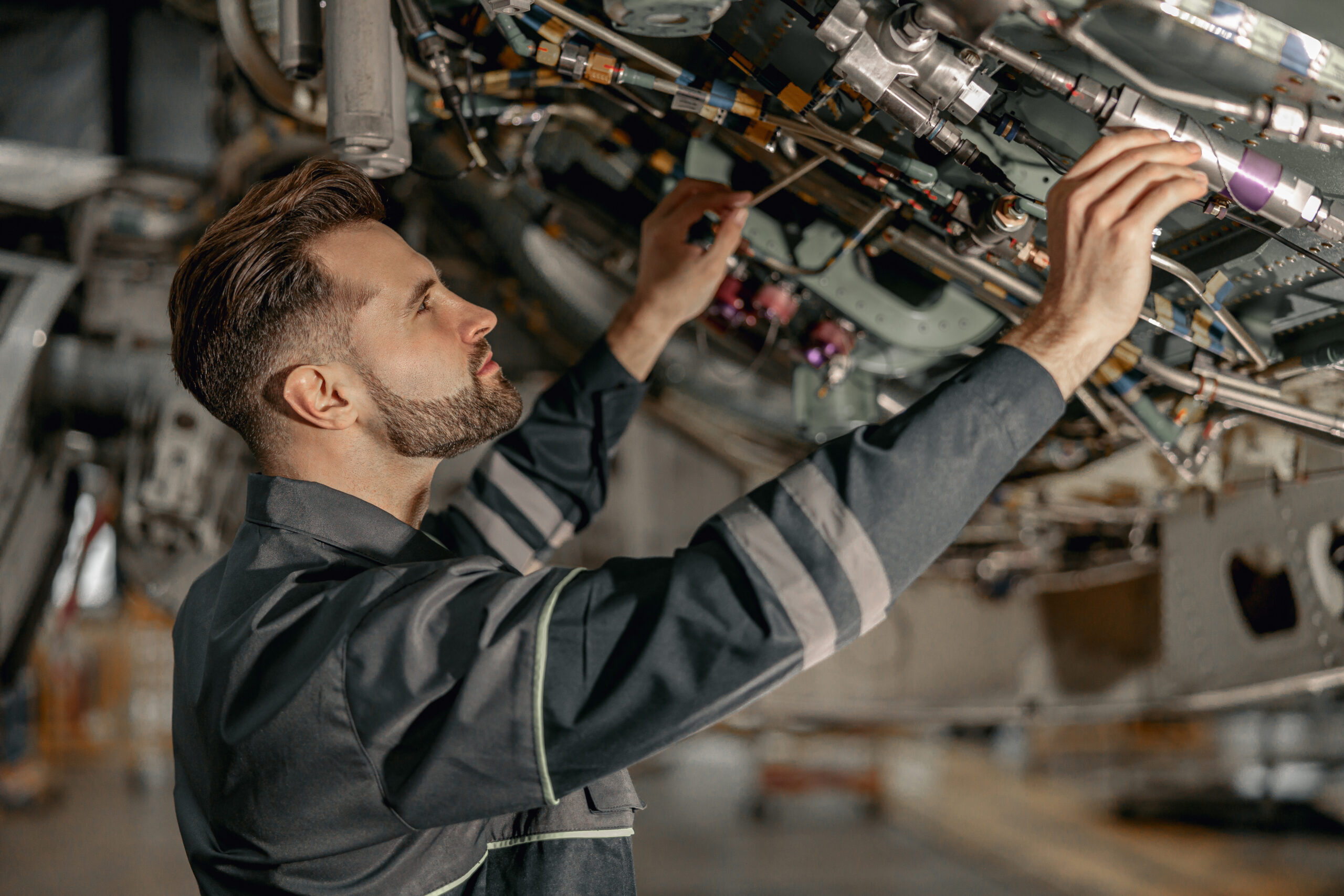More Than Wrenches and Wingtips
When people think of heroes in aviation, they usually picture the pilot: steady hands on the yoke, making a perfect landing in impossible weather, maybe saving a plane full of people from disaster. I get it — pilots earn their praise. But I want to talk about the other side of that story. The side that doesn’t get the movie scenes or the applause at the gate.
I’m talking about the aircraft mechanics — people like me — who spend their shifts in hangars, under wings, and on scorching tarmacs. We’re the ones you rarely see, but whose fingerprints are all over every successful takeoff and every safe landing. And sometimes, our work means the difference between life and death, mission go or mission scrubbed. We don’t wear flight suits. We don’t get medals. But trust me — we’re in the thick of it.
One Mission, One Chance
A few years ago, I was working on a medevac-configured aircraft slated to fly a donor heart from one coast to the other. The timing was razor-thin — the organ had to arrive within a narrow window to remain viable. Everything was prepped, crew briefed, flight path cleared. Then, during preflight inspection, a fuel line sensor started throwing out bad data. It wasn’t a catastrophic issue, but no one was flying anything until it was diagnosed and fixed. That’s where we came in.
With the clock ticking, I dove into the schematics, pulled up the system readouts, and narrowed it down to a faulty sensor module — one that could be swapped in under an hour. The part was on hand. My hands moved faster than I ever thought they could, but I didn’t rush. Precision matters most when the pressure’s high. We made the fix, ran the tests, and green-lit the plane with less than fifteen minutes of wiggle room. That heart made it to the hospital on time. Someone’s alive today because that aircraft made it. And because the maintenance team did, too.
The Rescue Nobody Talks About
There was another time when a rescue operation for a stranded hiker in the mountains was nearly canceled because of a helicopter’s hydraulic issue. I was off shift, just wrapping up paperwork, when the call came in. The chopper had just come in for refueling, and one of the techs noticed a leak near the tail rotor assembly. We couldn’t ignore it. Not in high-altitude winds.
We had less than two hours of daylight left, and that window meant everything. I joined the team, pulled the panels, and found a cracked hydraulic line. We didn’t have the exact match in stock — but we did have a substitute rated for the same pressure and conditions. I cleared it with ops, installed it, and tested it under load. The bird lifted off with twenty minutes to spare, headed straight for that hiker. They got him out just before the fog rolled in.
Nobody outside our circle ever heard about that part of the story. But we were there. We made it happen.
The Quiet Confidence
You don’t get into this line of work for the spotlight. You get into it because you care about safety, about precision, about solving problems before they become headlines. But every now and then, I think it’s worth pulling back the curtain and showing people what happens behind the hangar doors.
Aircraft mechanics are part scientist, part detective, part artist. We listen to machines, sense trouble before it escalates, and fix things that can’t afford to break. The aircraft might carry the crew — but it’s our work that carries the aircraft.
Heroes in Coveralls
I’ve worked with some of the sharpest, steadiest people you’ll ever meet. Like Gina, who caught a structural crack during a routine inspection that could’ve turned ugly mid-flight. Or Malik, who once rebuilt an avionics rack in a storm, because the aircraft was set to carry out a disaster relief mission that couldn’t be delayed. Or even myself — covered in hydraulic fluid at 3:00 AM, refusing to clock out until that bird was ready to fly.
None of us are in this for praise. But we are in it for the mission. For the soldier who gets home because their transport didn’t fail. For the child getting a medivac ride to a trauma center. For the family taking one last trip together. When we sign off on a repair, we’re not just clearing a machine — we’re putting our name behind a promise. That the aircraft will fly. That it will be safe. That it will bring people home.
If You’ve Ever Flown, We’ve Got You Covered
I always tell folks — if you’ve ever sat in a seat and watched the cabin lights glow, felt the wheels lift, or watched the ground fall away through the window, then someone like me had your back. You didn’t see us, but we were there. And we always will be.
We may not wear flight suits, but we wear the weight of every flight like a badge of honor. Not all heroes need medals. Some just need a torque wrench and a quiet kind of pride. And if I’ve done my job right, you’ll never even know what almost went wrong. Only that you got where you needed to go.
That’s our kind of heroism. Quiet. Steady. Unshakable.
